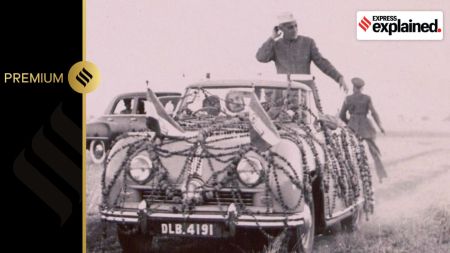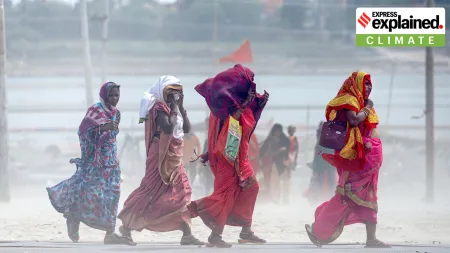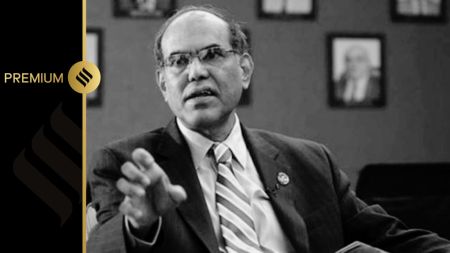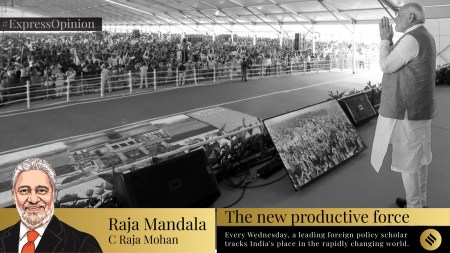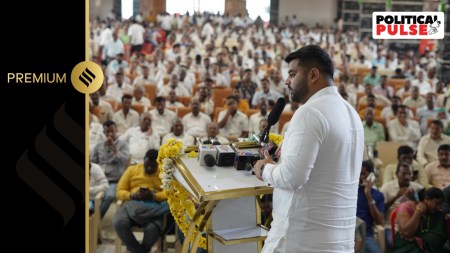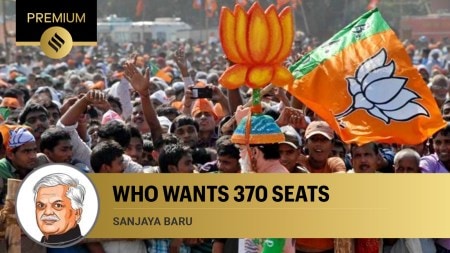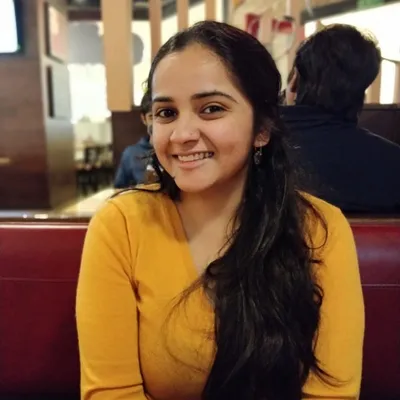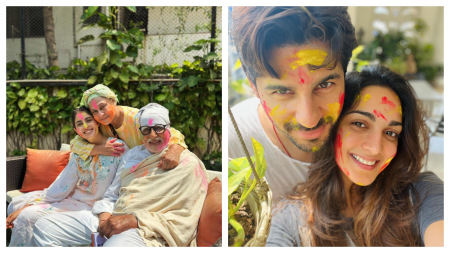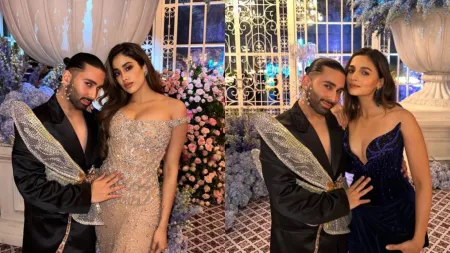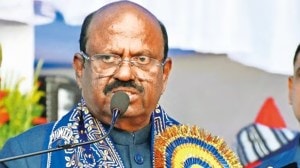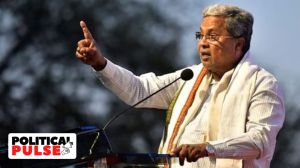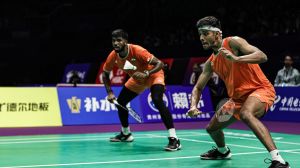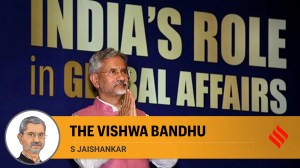- India
- International
The extraordinary story of The Legend of Prince Rama: The Japanese toon Ramayan that didn’t get a warm welcome in India, found popularity years later
Even as we discuss the quality of CGI of Adipurush, 1993's Ramayana: The Legend of Prince Rama was made with Indian artistes sending handmade drawings to the Japanese studio via courier.
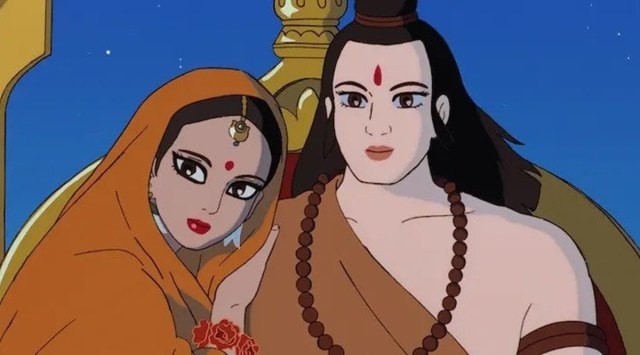 Japanese animated film Ramayana: The Legend of Prince Rama found its audience via Cartoon Network.
Japanese animated film Ramayana: The Legend of Prince Rama found its audience via Cartoon Network. Prabhas starrer Adipurush, the latest retelling of Ramayana, is up for release this weekend and is generating positive reports at the box office. The epic of Ramayana has a very strong relationship with the Indian audience and it was evident to all when Ramanand Sagar’s Ramayan was shown on Doordarshan in the 1980s. In the 1990s, when the epic of Lord Ram had reached every Indian household via television, and while India saw the destruction of Babri masjid and demands for Ram temple in Ayodhya, a little known Japanese film Ramayana: The Legend of Prince Rama was trying to find its feet in the country. Directed by Koichi Sasaki and Ram Mohan, and conceived by Yugo Sako, this was largely a Japanese production that is probably the best animated feature on Ramayana made till date.
Most of us know it as the ‘Cartoon Network Ramayana’ or the ‘Japanese Ramayana’. The film released in Japanese theatres in 1993 and had a rather tough time in India in the earlier part of that decade. Made by the Nippon Ramayana Film Company Ltd in Japan, the film’s budget was a whopping $6.7 million, a huge amount at that time. Yugo Sako, the Japanese animator first got the idea of making the film when he visited India in the 1980s, and during his subsequent visits, when Ramanand Sagar’s Ramayana brought the country to a standstill every Sunday, Sako got familiar with the effect that the story had on the Indian masses. He joined forces with Ram Mohan, popular as the father of Indian animation, and conceived a film that would summarise the epic into a feature length film.
Late Ram Mohan’s wife Sheila Rao told Scroll that Sako was “impressed with the fact that here was a huge epic that was also a great story with deities and people and birds and animals and magic potions and war and motion.” The two animators wanted this to be an India-Japan co-production but the Indian side wasn’t as welcoming. As per Rao, the Ministry of Information & Broadcasting pushed Ram towards making animated stories on Panchtantra. The idea of showing god in animation wasn’t wholly accepted in India and there was a certain apprehension about allowing foreigners to interpret the epic. Kenji Yoshii, the assistant producer of the film, told Kyodo News that it was actually quite understandable that Indians were hesitant. “It was as if Indians were making an animation on the Japanese imperial family, so it was natural for the Indian government to feel shock and worry,” he said.
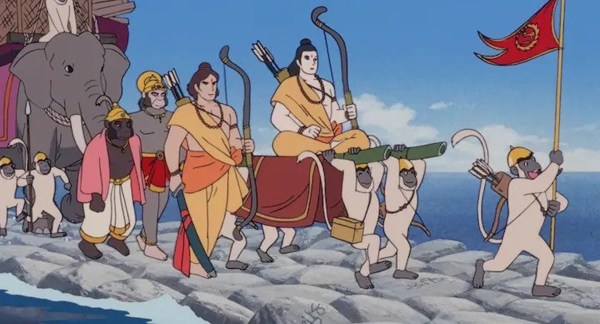 Ramayana: The Legend of Prince Rama had a limited release in theatres in 1997.
Ramayana: The Legend of Prince Rama had a limited release in theatres in 1997.
It was reported that Vishva Hindu Parishad did not appreciate the idea and hindered its making but Ram Mohan’s son Kartik Mohan says otherwise. “Sako San had been introduced to the VHP by Professor BB Lal in the early 1980s and had secured their approval for the project even before my father became involved,” he told Scroll. Even Sheila Rao recalled something similar in her conversation with the publication and said that it was the VHP that told Sako to meet Rajshri’s Tarachand Barjatya, and it was through him that he got in touch with Ram Mohan.
Back in the 1980s, technology wasn’t as advanced as it is now so making a film that involved artists from both the countries wasn’t convenient for anyone, but Yugo Sako and Ram Mohan persevered and the end result was nothing less than extraordinary. Indian artistes would send handmade drawings to the Japanese studio and the discussion that followed this exchange was also quite brief. “There were no mobile phones, fax or emails, and we were discussing images that we received via courier,” Yoshii told Kyodo News. As per the film’s official website, the Indian side was in charge of scenario, art settings, dialogue recording, music, and the Japanese side was in charge of the storyboards, background, original drawings, animation, coloring, photography, and editing. Vanraj Bhatia composed the music for the film, which was dubbed in Japanese, Hindi and English.

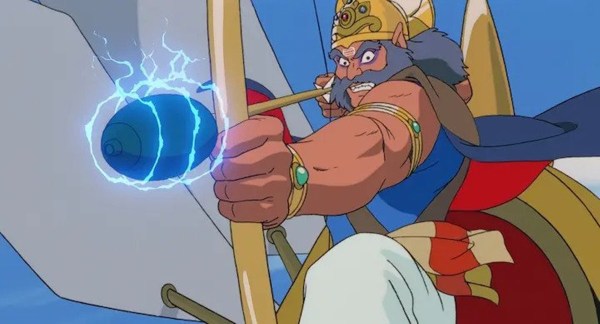 Ramayana: The Legend of Prince Rama was supposed to be an India-Japan co-production but was ultimately produced completely in Japan.
Ramayana: The Legend of Prince Rama was supposed to be an India-Japan co-production but was ultimately produced completely in Japan.
But, despite the ace quality of the film, it did not get the kind of welcome they had expected in India. Ramayana: The Legend of Prince Rama had a limited release in Indian theatres in 1997 and wasn’t marketed well enough to draw any crowds. Kartik Mohan shared in the same interview, “For a number of reasons, Ramayana was never properly distributed, let alone marketed, on its Indian release. The movie ran in a few metro theatres and disappeared within a couple of weeks.” But after its release on satellite television, the film found its audience. “In effect, the Indo-Japanese Ramayana became a beloved holiday-season television special, and ultimately enjoyed greater longevity than most live-action feature films,” he said. On the other hand, the film celebrated its 25-year anniversary in Japan with year-long screenings.
Ramayana: The Legend of Prince Rama could have been a watershed moment for the Indian animation industry in the 1990s. The film was entirely produced in Japan and hence, the Indian animation industry never got the boost it could have gotten if this had been a collaboration between the two countries. The film got another lease of life in 2022 after PM Narendra Modi visited Japan and met with Atsushi Matsuo, the executive producer, and Yoshii. Upon his return, Modi spoke about the film during Mann Ki Baat and said, “People living thousands of kilometres away from us in Japan, who don’t know our language, who don’t know much about our traditions, their dedication to our culture, this reverence, this respect, is very commendable – which Indian would not be proud of that.”
Cartoon Network doesn’t draw the same kind of crowd it once did but for those who want to revisit the nostalgic days of hassle-free television, Ramayana: The Legend of Prince Rama is available to stream online. The film did not get a traditional release here but for anyone who grew up in the 1990s, it was this film that was probably their introduction to the mythological epic and continues to evoke fond memories at a time when various new retellings are in the works, with one of them, Adipurush, releasing this Friday.
Click for more updates and latest Bollywood news along with Entertainment updates. Also get latest news and top headlines from India and around the world at The Indian Express.
Photos
May 03: Latest News
- 01
- 02
- 03
- 04
- 05


